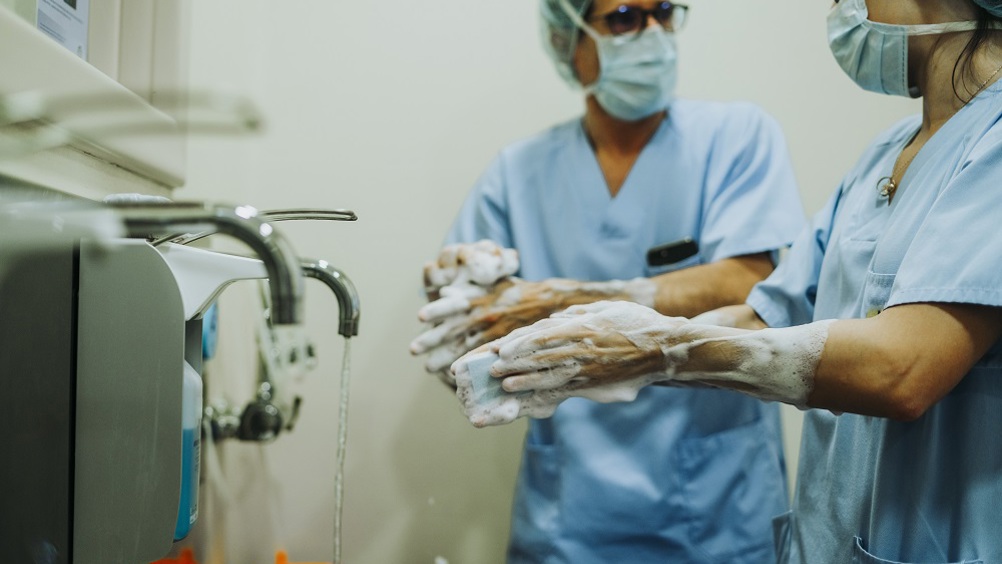References
Handwashing and hospital wastewater systems

Hungarian obstetrician Ignác Fülöp Semmelweis is considered to be the father of hand hygiene: in 1847, he demonstrated that the mortality rate among mothers giving birth at the First Obstetrics Clinic at the General Hospital of Vienna fell dramatically when staff washed their hands with a chlorinated lime solution (Martini and Lippi, 2021). They also cite Florence Nightingale, the founder of modern nursing, who wrote in 1860: ‘Every nurse ought to be careful to wash her hands very frequently during the day’ (Martini and Lippi, 2021).
Almost two centuries after the work of Semmelweis and Nightingale the challenge of poor hand hygiene in healthcare premises remains, with Ijaz et al (2021) citing studies documenting the isolation of pathogens from healthcare workers.
For example, Ijaz et al (2021) reported that one investigation found that, when gloves were not worn by healthcare staff, 15% of nurses working in an isolation unit had a median count of 10 000 colony-forming units of Staphylococcus aureus on their hands. Another study found that 21% of doctors and 5% of nurses carried over 1000 colony-forming units of S. aureus on their hands. And yet, despite ‘the potential for healthcare workers to disseminate pathogens via contaminated hands, it has been estimated that these professionals practice hand hygiene fewer [sic] than half the time that they should’ (Ijaz et al, 2021).
Register now to continue reading
Thank you for visiting British Journal of Nursing and reading some of our peer-reviewed resources for nurses. To read more, please register today. You’ll enjoy the following great benefits:
What's included
-
Limited access to clinical or professional articles
-
Unlimited access to the latest news, blogs and video content

